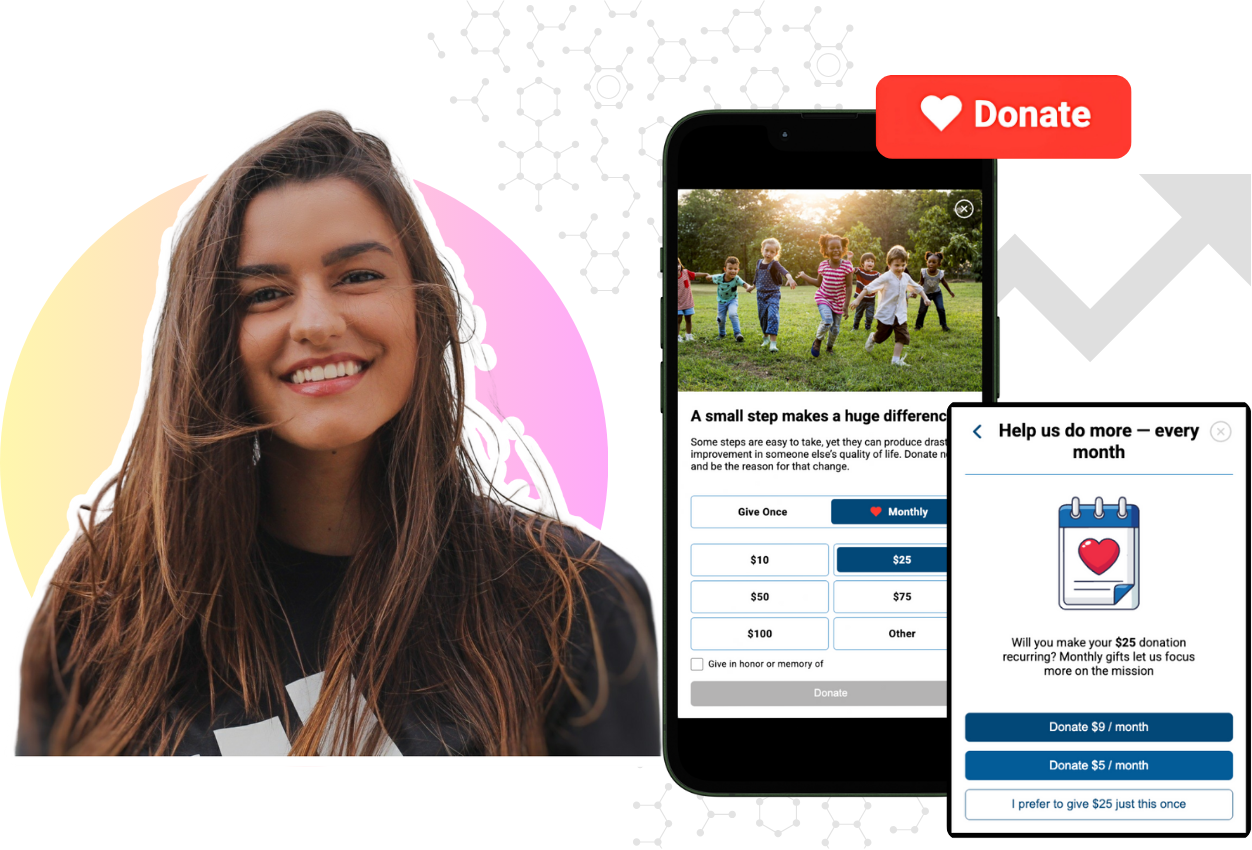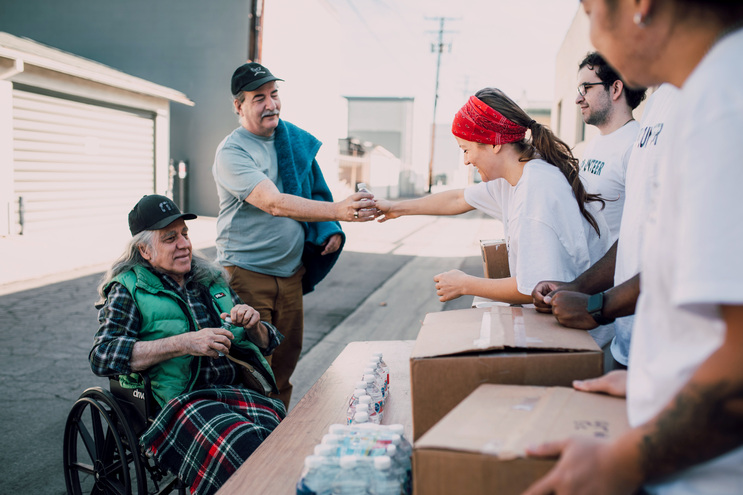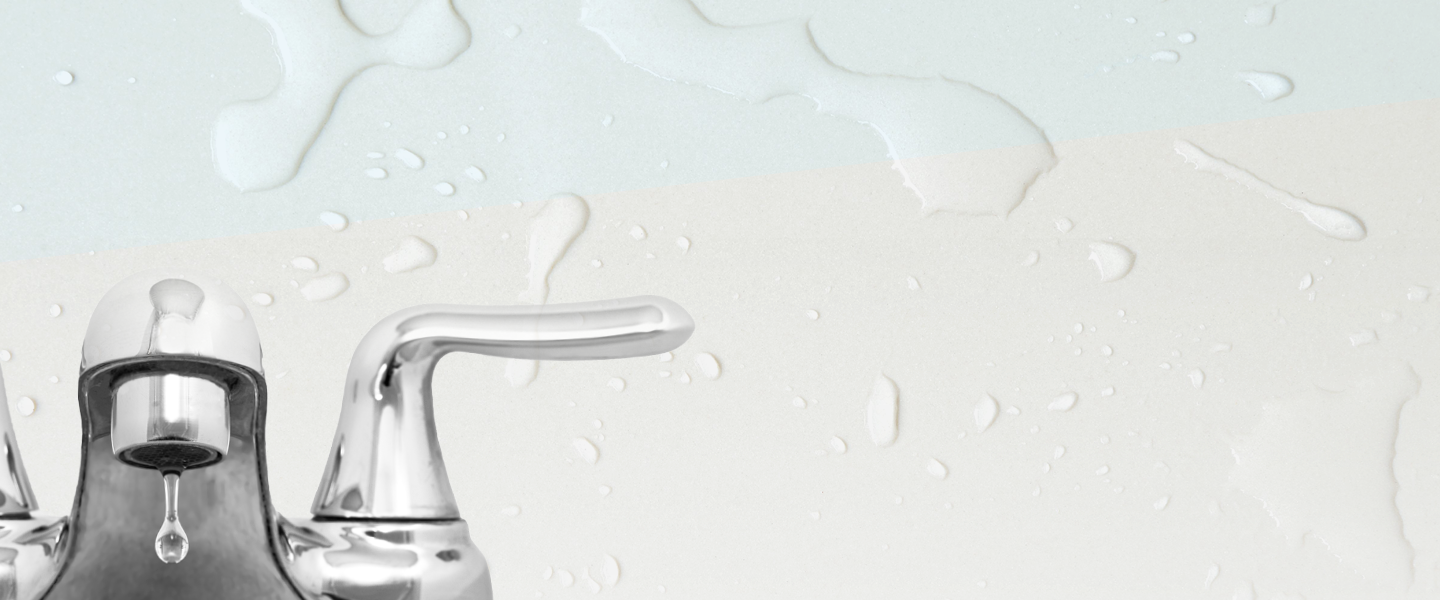Top Tips to Reduce Online Friction and Capture More Gifts
Let’s be real: most donation pages still ask too much, say too little, and take too long to complete. This is a problem—especially when you’re...

Mobile-First Pop-Up Donation Form
Launch mobile-first pop-up forms in minutes, use built-in tools to capture more donations, and optimize the giving experience—no dev team required.
New to online donation pages for your nonprofit? Start here.
Donation page A/B testing - no science degree needed.
Keep your donation page loading fast - and drive higher conversions.

The 4 Types of Online Donation Experiences
89% of donors leave without giving. Learn how to use the right donation form to close the gap and boost conversions.

Like SAFE, you probably have your own collection of stories to tell. As SAFE has shown, their ability to have each donor engagement lead directly back to their iDonate donation page is a testament to their hard work. They have found a way to make advanced technology work in their own way.
How can SAFE’s method work for you? Let’s start with a bit of context. For the past 20 or so years, people have been predicting the demise of direct mail as web technology continues to advance and the cost of direct mail continues to increase. We tend to evaluate direct mail and technology against one another as if there is a competition between the two channels to determine which is the most effective means to reach your donors.
The most successful organizations are asking the question differently, though. Rather than trying to determine if technology OR direct mail is better to reach a particular segment of donors, organizations need to realize that the answer — almost across the board — is to use direct mail AND technology.
We notice examples of this approach across the for-profit world. There is a reason that we see TV commercials, print ads, radio ads, social media ads, etc. for major consumer brands. These brands know that their customers consume various types of media, so they make an effort to be where their customers are.
One of the best examples I have seen came from Amazon. Amazon is the largest e-commerce retailer in the world. They have millions of website visits every day. Amazon Prime has millions of subscribers in the US. I use Amazon all the time and you probably do as well.
So what did the largest, most well-known online retailer do to drive additional sales for kids' toys at Christmas time last year? Did they send multiple targets emails to customers based on their purchase history? Of course. Did they run social ads to drive traffic to their site? Of course. They didn’t become the largest online retailer without being experts in digital marketing.
But they didn’t stop there. Starting in late 2018, they also mailed a large catalog to millions of parents, featuring many of their most popular gifts. We received a catalog last Christmas. My youngest daughter never would have gone to Amazon.com to see all of those toys, but she looked through that catalog over and over, circling everything she wanted for Christmas. It was a brilliant strategy by Amazon.
If the largest online retailer in the world still uses traditional offline channels to complement their online marketing, how much more important is it that nonprofits use the same approach? A physical newsletter, brochure, or event flyer can be a great complement to your digital strategy. Your end goal should be to drive your donors to your online donation page. If you give your donor base another avenue to get there, possibly picking up new donors along the way, you just might start seeing your interaction and retention rates go up — just like SAFE.
Your mission is too important for you to not pursue donors in all the channels they use regularly — including mail, email, social media, and others.

Let’s be real: most donation pages still ask too much, say too little, and take too long to complete. This is a problem—especially when you’re...

The busier and more crowded our lives become, the greater the gap between what remains important to us and all the other things seeking our...

I remember when I first started in the donor advised fund world. One of our earliest funds was opened by a sharp, shrewd man. He asked me a simple...